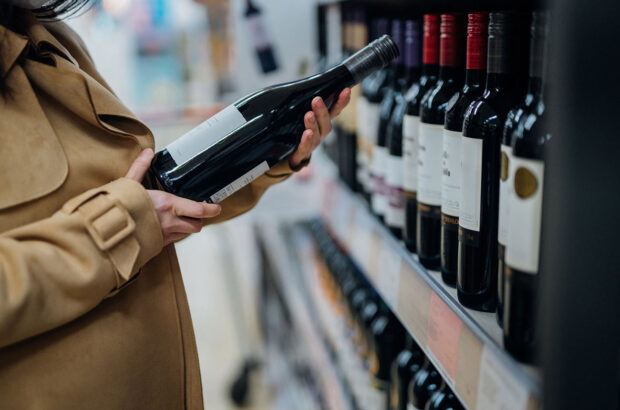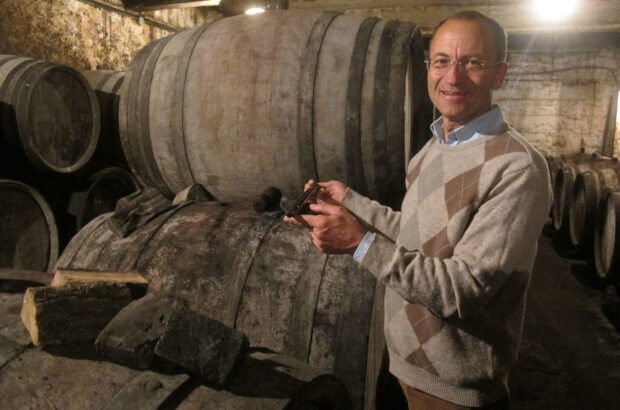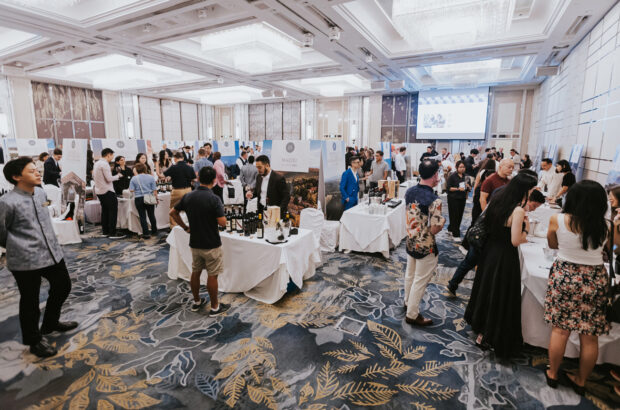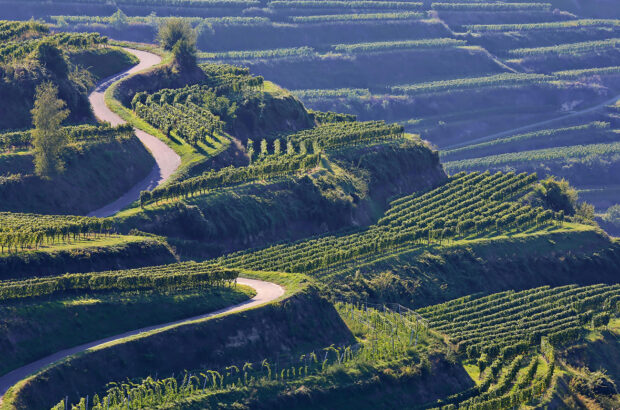Alcohol duty will rise in-line with inflation in the UK, confirmed the government’s Budget on Wednesday (26 November), despite trade warnings of further price rises and pre-existing cost pressures.
Miles Beale, chief executive of the Wine & Spirit Trade Association (WSTA), called the latest duty increase short-sighted and said it would ‘only prolong the economy’s doom loop’.
With retail price inflation (RPI) set at 3.66%, an £8.50 bottle of 13.5% abv Merlot wine could rise by 13 pence to £8.63 when the new rates take effect, on 1 February 2026, said WSTA. This assumes the full duty increase is passed on to consumers, with value added tax (VAT) also included.
‘When the duty increases kick in next year, wine and spirit prices will have risen by almost £1-a-bottle in a year, taking into account the ongoing burden of duty rises, the new waste packaging tax and VAT,’ said the WSTA.
Retailer or supplier strategies may vary when it comes to absorbing additional duty, although the news looked set to cement the UK’s reputation as one of the more expensive places to buy wine in Europe.
Don’t miss these top wines in UK supermarkets: tasted by our expert
Which European country is most expensive for wine drinkers?
A ranking published last month – prior to the Budget – placed the UK seventh, with an ‘average price for a mid-range bottle of wine’ coming in at £8.
The Pour Index, compiled by travel company Into The Vineyard using figures from online database Numbeo, produced a league table of the most – and least – expensive European countries when it comes to buying wine.
Iceland topped the league with a mid-range bottle price of £18.41, more than double the European average.
Norway came second (£12.70), with Switzerland third (£11.21), Finland fourth (£10.89) and Ireland fifth (£10.46).
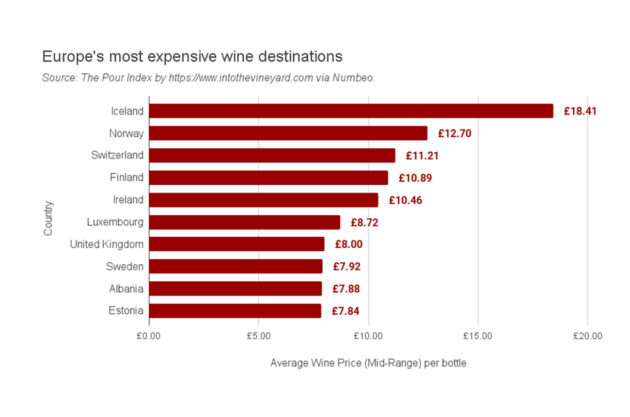
The Pour Index: a comparison of (mid-range) wine bottle prices across Europe. Data source: Into The Vineyard.
Spain and Portugal were among the least expensive places to buy wine using this metric, with mid-prices of £4.36 and £4.35 per bottle respectively, while France was mid-table on £6.10.
All sorts of factors can affect wine prices, of course, from production volumes and costs to availability and winery reputations. Exchange rate swings, tariffs, duty and other levies, like value added tax (VAT), also play a part.
Comparing excise duties on wine in Europe
Excise duty tax on wine varies considerably between countries, as shown by European Commission data.
Major producer nations Spain and Italy have a zero rate on wine, which is the allowed ‘minimum’ in EU rules, and France charges relatively small levies, for example. There are exceptions, and the EU sets a higher baseline rate for ‘intermediate’ products, including some fortified wines.
Recent analysis by the World Health Organisation (WHO), which also encompassed data from non-EU states, found that Turkey, the Nordic countries, Ireland and the UK all had above-average wine duty rates in Europe.
In the UK, a new system based on alcoholic strength was fully implemented for wine in February 2025. This means an 11% abv wine has a lower duty rate than a 14% wine, for instance.
Wine prices rising in Europe?
Wine is the cheapest alcoholic drink in Europe, on average, according to the WHO, although it saw no cause for celebration. The group has called for tax rises on all drinks to help reduce alcohol-related diseases.
Wine prices have risen in most European countries over the past decade, according to recent analysis from the American Association of Wine Economists (AAWE).
Turkey’s consumer wine prices surged by more than 1,500% in 10 years to September 2025, showed an AAWE chart published on LinkedIn last month.
Croatia has seen prices jump by almost 92%, while Spain registered a 27.4% increase, said AAWE’s chart of harmonised consumer wine price indices sourced from Federal Reserve Economic Data (FRED). Meanwhile, wine prices in Italy rose by just 7.4%, and in Ireland they fell – by 11%.
The UK wasn’t included on the list, although RPI data from the Office of National Statistics showed a 175ml glass of wine has cost £5.17 on average in January 2025. That compared to £3.44 10 years earlier.
Dining out with fine wine: London vs Paris
If you want to drink the world’s best and have the cash then global consultancy group Knight Frank recently ranked major cities for their fine wine restaurant scene.
Both London and Paris featured in the top five, but average prices were higher in the UK capital, found data analytics firm Wine Services for Knight Frank’s 2025 wealth report.
‘If you want to indulge in the most expensive wines, New York, London and Dubai are your best bets, with the median price per bottle at the top 20 restaurants in each city coming in above US$740,’ said Knight Frank’s report. In Paris, the equivalent price was $551.
Decanter’s Rupert Millar recently compared the wine scenes of both cities, having moved to the French capital from London.



